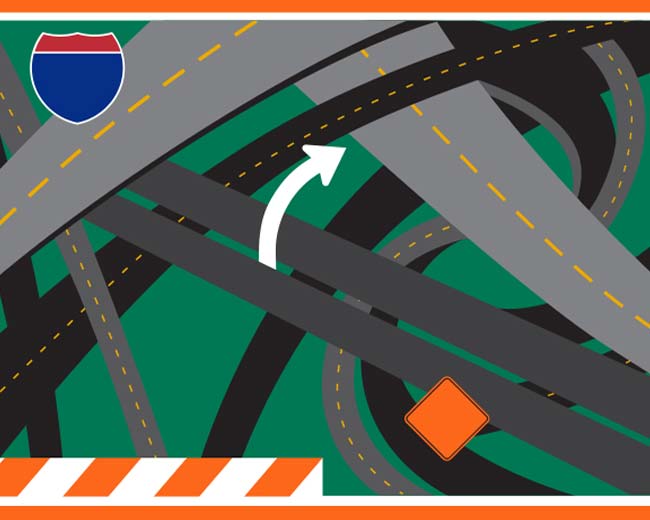Canals, Rivers, and Railroads
The Erie Canal
Transportation—uniting the county, enabling commerce and tourism—has long been a work in progress in the United States. In the late 18th and early 19th centuries, river transportation and the construction of regional canals emerged as a viable means of transportation. Most notable was the Erie Canal built between Lake Erie and the Hudson River. When completed in 1825, the 365-mile canal proved so successful that it spurred a boom in canal building. By 1835, there were over 45 canals consisting of 2,600 miles of canals built from Indiana to Maine and south to the Carolinas and Georgia.

